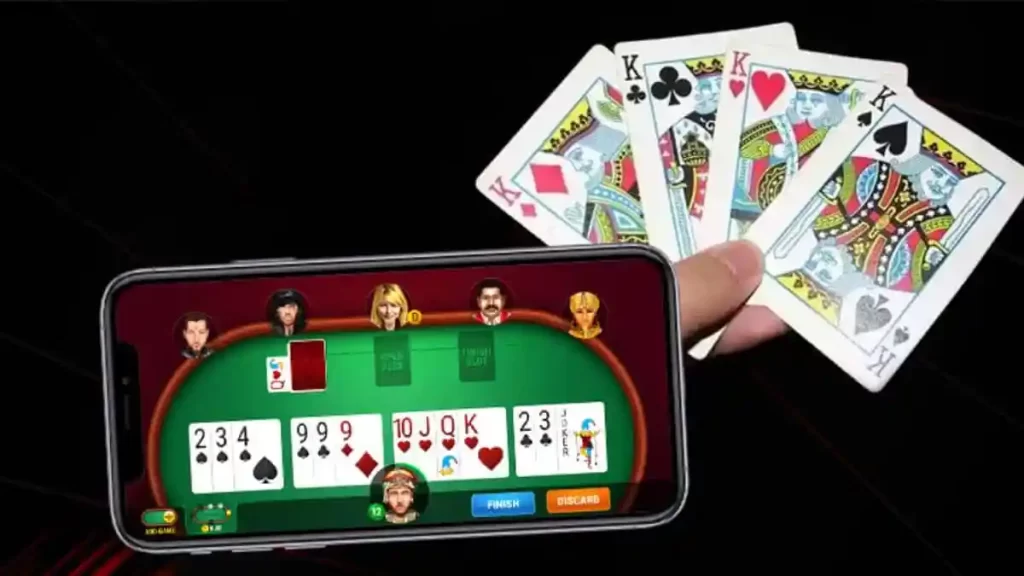Rummy is a team of matching-card games, most notably famous for the same game and similar gameplay depending on the same suit or rank of cards. The basic objective in any type of rummy is to construct lines that are either runs or alliances that will end up being defeated by your opponents. Rummy can also be played as an all-for-nothing game, wherein you just have to survive long enough to finish without drawing any cards. However, in this latter case, you will definitely need some luck on your side!
There are two basic types of rummy that you can play while playing online; draw-arcade and double-dealing. In draw-arcade, you must build five rows of four, place your opponents inside the card, and you must then try to eliminate them with the hairs of your cards. For the double-dealing game, you must place a face up opponent on the betting table and then take turns throwing the face up cards before them. When it comes to these types of games, winning requires a little luck, although you will more than likely get frustrated quickly.
You may also want to consider the various versions of Indian rummy such as the classic rummy games, online classic rummy games, and even the newer mahjong versions. Classic and old-time rummy decks generally have a base of fifty cards, and a deck of fifty cards is considered to be a classic deck. The new mahjong version of cards adds cards at random to the deck, thereby creating a new deck of 500 cards. Regardless, of which version you are playing, there are only ten cards in every deck – three for the Ace suit, seven for the Queen, and eleven for the King.
There are two basic strategies used in rummy, namely the standard strategy where the player discards a card without paying out points and also the meld strategy. In standard rummy, where there are certain card combinations that result in certain types of cards being turned into other cards, it is possible to gain a meld, or three of the same card. This allows the player to create a chain, called a Mulligan, by discarding a card and then drawing another one. As the name implies, the meld strategy means that the player discards a card, then draws one back into their deck. If the card that is drawn is not one of the players’ cards, the discard does not affect the ranking of the cards.
The meld strategy in rummy rules is used more frequently in the seven-card and five-card version of the game. In the seven-card version, the player needs to draw seven cards from the deck, and then compare these cards to the current position of the card that is being discarded. For instance, if the card that is being discarded is a “J”, the player has to discard either a “K” or a “Q”. This is done over again until a participant ends up with a set sequence. When the last card in the hand is discarded, this “order of play” is revealed, and the player is required to either complement the current sequence with another card or to change it, which will usually involve picking a new card from the deck.
In addition to picking up new cards, the rummy player may take a Mulligan, meaning they have to discard a card and possibly pick up a new one. A Mulligan is not allowed in the traditional version of rummy, where all cards are in piles with the names facing in the same direction. This variation is widely used by newer players who wish to experiment with a different method of discarding cards, or by those who wish to try out combinations without having to spend time and effort on the traditional version of rummy. Because of the nature of the game, when a player chooses to discard a card, it is important to do so when the hand is not over-committed. Otherwise, a player may be penalized for taking a Mulligan and for picking up extra cards that could have been played.





